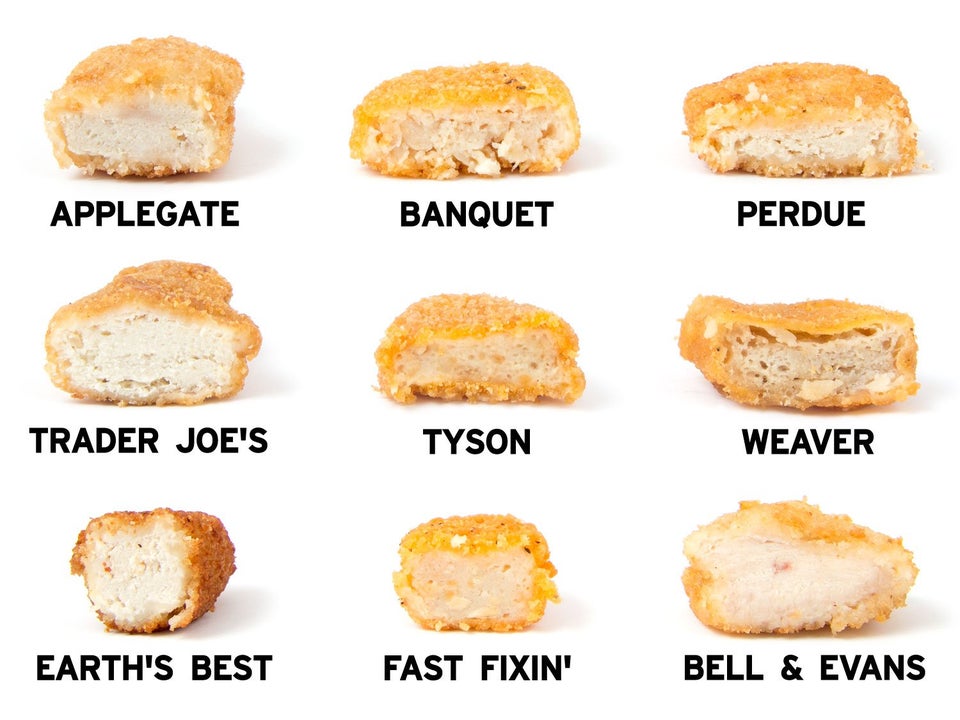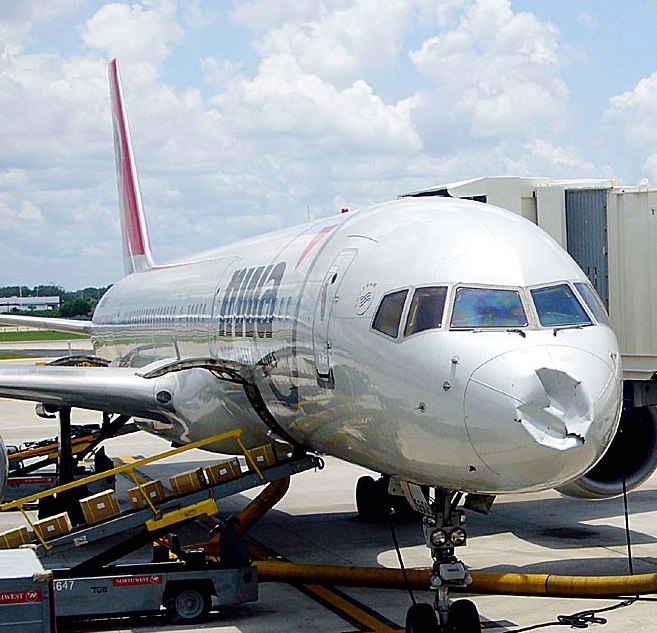Your email inbox, WhatsApp, Slack, and Telegram are about to kersplode over the next three days. (If that’s not true yet and you want to take advantage of tens of thousands in manufactured spend, see Monday’s post.) There’s going to be so much going on that it’ll be impossible to follow everything, so let’s talk weekend ground rules today.
To start, what’s your time worth? I know it’s variable at any given point, but what about this weekend, the Super Bowl of manufactured spend? For me it’s at least $400 or 40,000 points per hour for manual things (versus what I’ve automated away). Given that, I have a cutoff for whether or not I focus on a deal as it rushes through my phone — is the deal going to pay out at $400 per hour? If not, something else will. Move on.
Examples:
| Deal | Time (Value) |
Do it? |
|---|---|---|
| Buying an e-gift card for resale (e.g., Kroger online offers 20% off of Groupon) |
1 minute ($6) |
Yes, if I get at least $200 in spend |
| Buying a Happy gift card to swap to something else for resale | 5 minutes ($30) |
No, move on, swapping the gift card and the accounting takes too long |
| Buying a console for resale (e.g., Gamestop has a PS5 in sock) |
30 minutes ($200) |
Yes, if I can make at least $200 |
| Going to a store to buy gift cards for resale (e.g., $115 in Target GC for $100) |
30 minutes or more ($200) |
Yes, but only if I can do twenty of them back-to-back at self check-out |
| Buying money orders with gift cards | 20 minutes ($120) |
No, everything is super-busy right now and you can do this the rest of the year |
| Buying something for a buyer’s group | 10 minutes ($60) |
Only if it’s a high ticket item for big credit card spend or pays a decent commission |
| Using FinTechs for bill payment and other shenanigans | 5 minutes ($30) |
Only if I’m getting four figure spend or higher |
I’m sure on December 28th I’ll revisit this table and laugh, and by February 4th I’ll revisit it and cry while I remember how good it used to be and with the knowledge that I’m valuing my February time at roughly the same as a Taco Bell cheerios-infused enchiritaco. (Ok, I made menu item that up, but 50/50 it actually exists knowing Taco Bell.)
For the second ground rule: Your time is precious, and it’s ok to walk away from everything and spend time with your friends/family. That time can absolutely be worth more than $400 per hour.
Happy long weekend!







